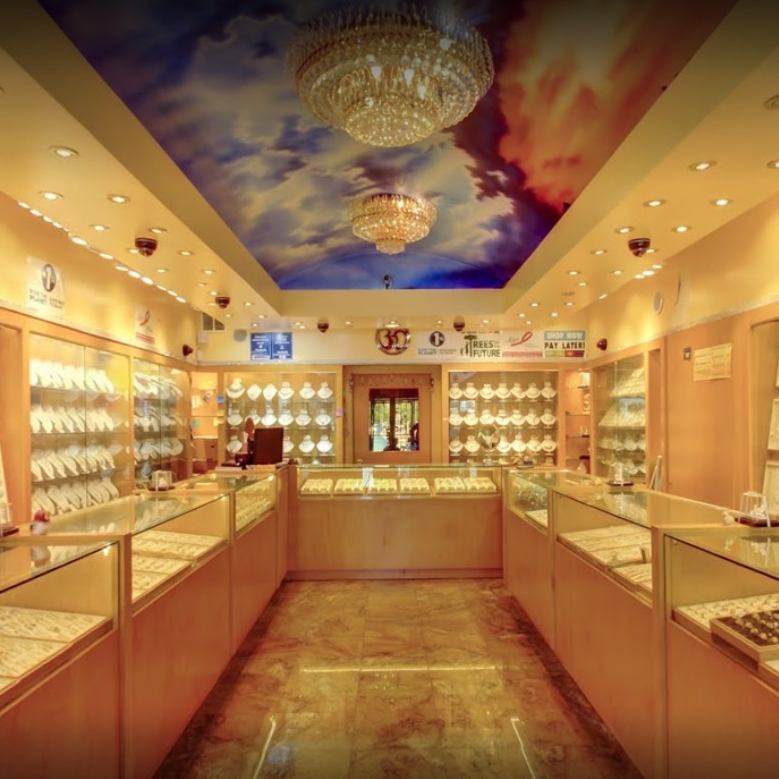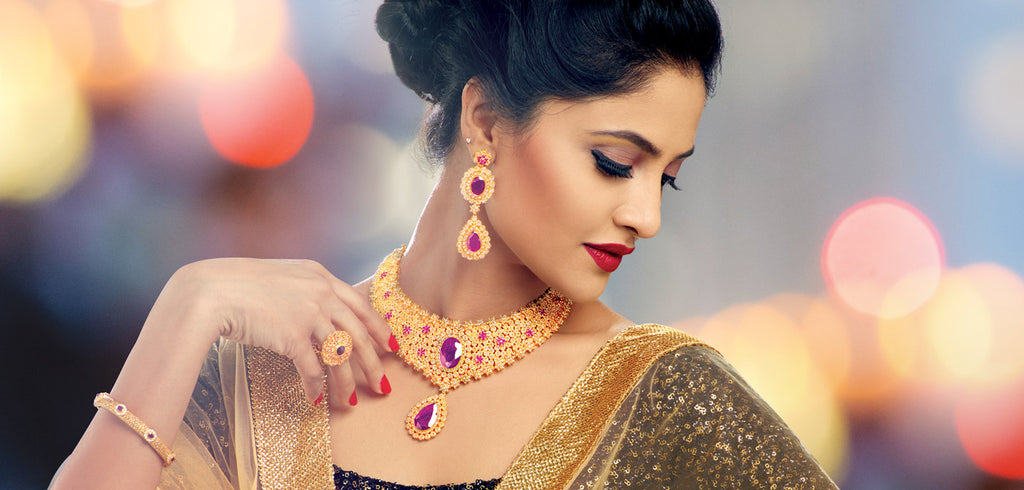Navigating the Market: Understanding Dynamics in Diamond Jewelry Mixed Metal Settings
In the dynamic world of diamond jewelry, mixed metal settings represent a versatile and sought-after category that continues to captivate consumers worldwide. Understanding the market dynamics behind mixed metal settings is essential for both designers and consumers alike. Let's delve into the intricacies of market dynamics in diamond jewelry mixed metal settings to uncover what drives demand, influences trends, and shapes consumer preferences.
Consumer Preferences:
Consumer preferences play a significant role in driving demand for mixed metal settings in diamond jewelry. As tastes evolve and trends change, consumers seek jewelry pieces that reflect their individual style and personality. Mixed metal settings offer a wide range of options, from classic combinations like yellow gold and white gold to more unconventional pairings like rose gold and platinum. By catering to diverse tastes and preferences, designers can tap into a broader market and attract a wider audience of consumers.
Trends and Fashion Influences:
Trends and fashion influences have a profound impact on the market dynamics of mixed metal settings in diamond jewelry. Designers often draw inspiration from runway trends, celebrity style, and cultural movements to create pieces that resonate with consumers. For example, the rise of minimalist fashion has led to increased demand for sleek and modern mixed metal designs, while the resurgence of vintage-inspired styles has sparked interest in more ornate and eclectic pieces. Staying abreast of current trends and fashion influences allows designers to stay relevant and meet the evolving demands of consumers.
Material Costs and Availability:
Material costs and availability are important factors that influence market dynamics in diamond jewelry mixed metal settings. Fluctuations in the prices of precious metals such as gold, silver, and platinum can impact production costs and ultimately retail prices. Similarly, availability of materials can affect supply chains and production timelines, influencing the availability of certain designs and styles. Designers must carefully manage material costs and availability to ensure competitiveness in the market while maintaining quality and craftsmanship standards.
Ethical and Sustainability Concerns:
Ethical and sustainability concerns are increasingly shaping consumer preferences in the diamond jewelry market, including mixed metal settings. Consumers are becoming more conscientious about the environmental and social impact of their purchases, leading to a growing demand for responsibly sourced materials and ethically crafted jewelry. Designers who prioritize ethical and sustainable practices in their production processes are well-positioned to attract environmentally and socially conscious consumers and gain a competitive edge in the market.
Marketing and Branding Strategies:
Marketing and branding strategies play a crucial role in shaping consumer perceptions and driving demand for mixed metal settings in diamond jewelry. Effective marketing campaigns that highlight the unique features and craftsmanship of mixed metal designs can create buzz and generate interest among consumers. Additionally, strong branding efforts that communicate brand values, heritage, and craftsmanship can foster brand loyalty and trust, encouraging repeat purchases and positive word-of-mouth referrals.
In conclusion, understanding the market dynamics behind diamond jewelry mixed metal settings is essential for navigating the competitive landscape and meeting the evolving demands of consumers. By staying attuned to consumer preferences, trends, material costs, ethical considerations, and effective marketing strategies, designers and brands can position themselves for success and capitalize on opportunities in this dynamic and ever-changing market.

















